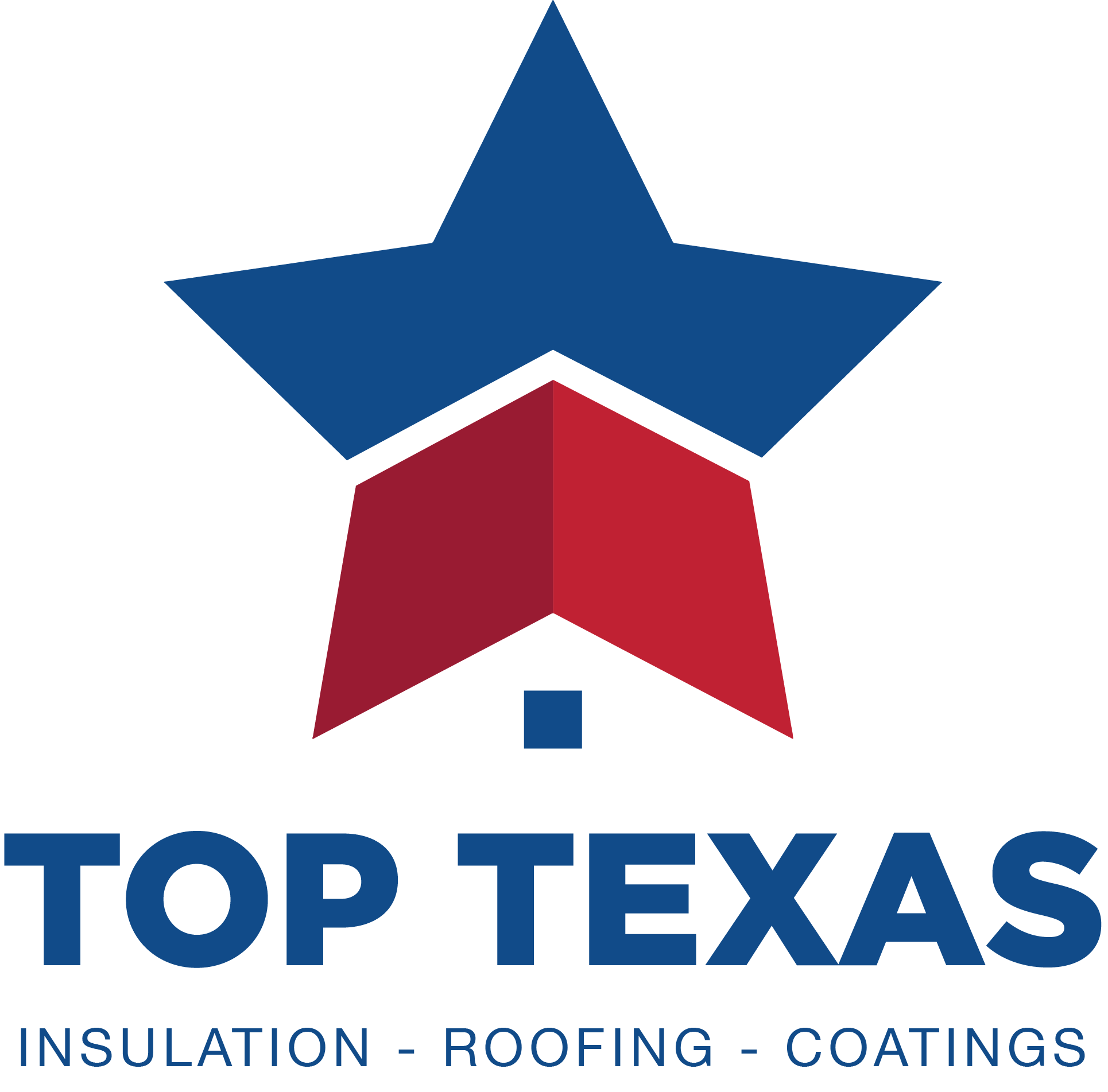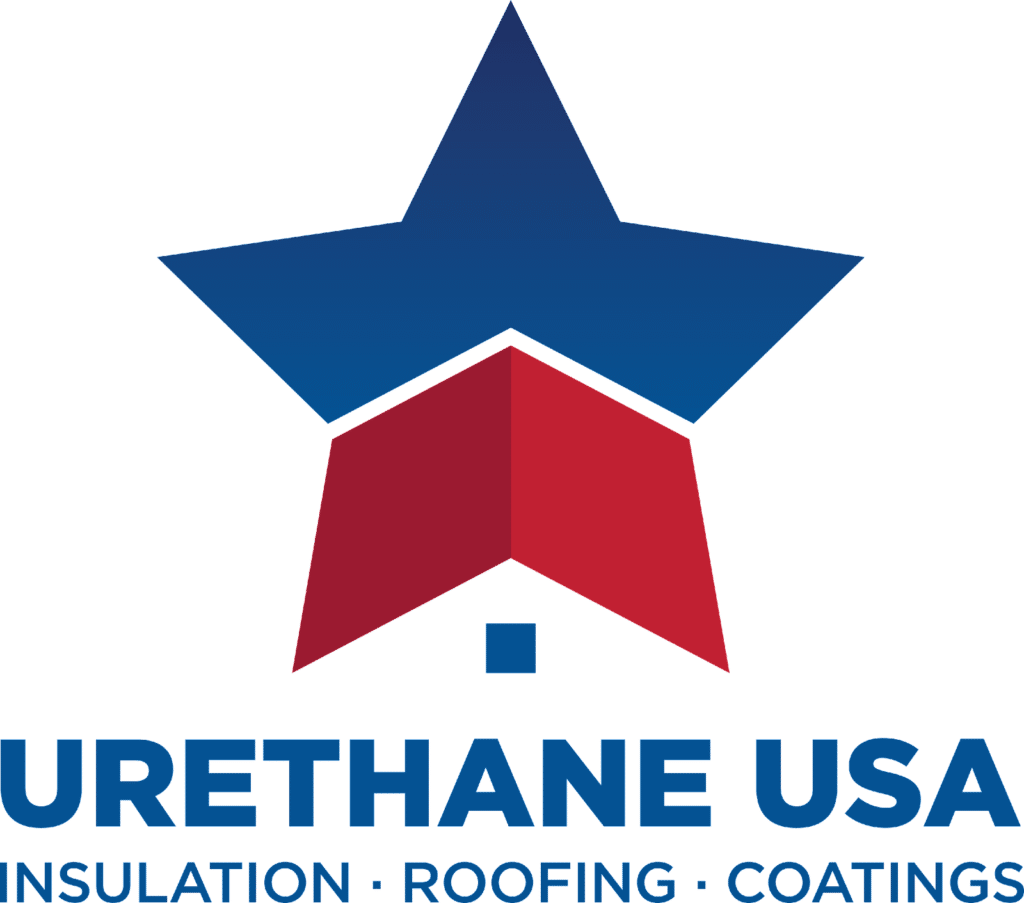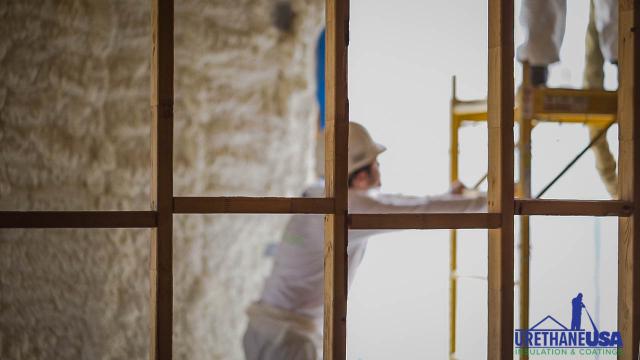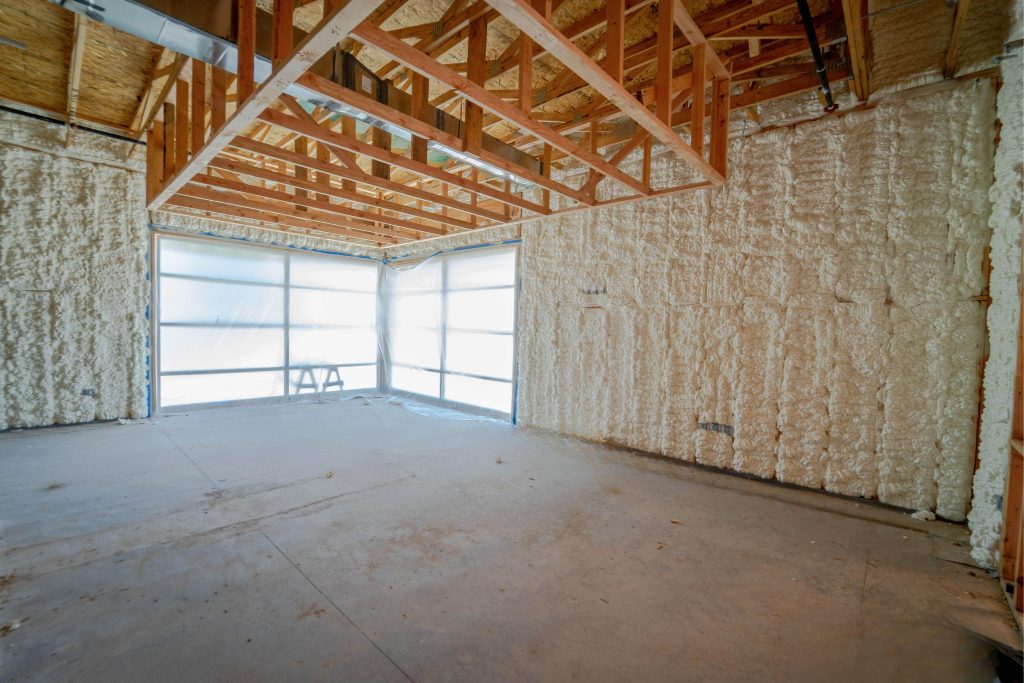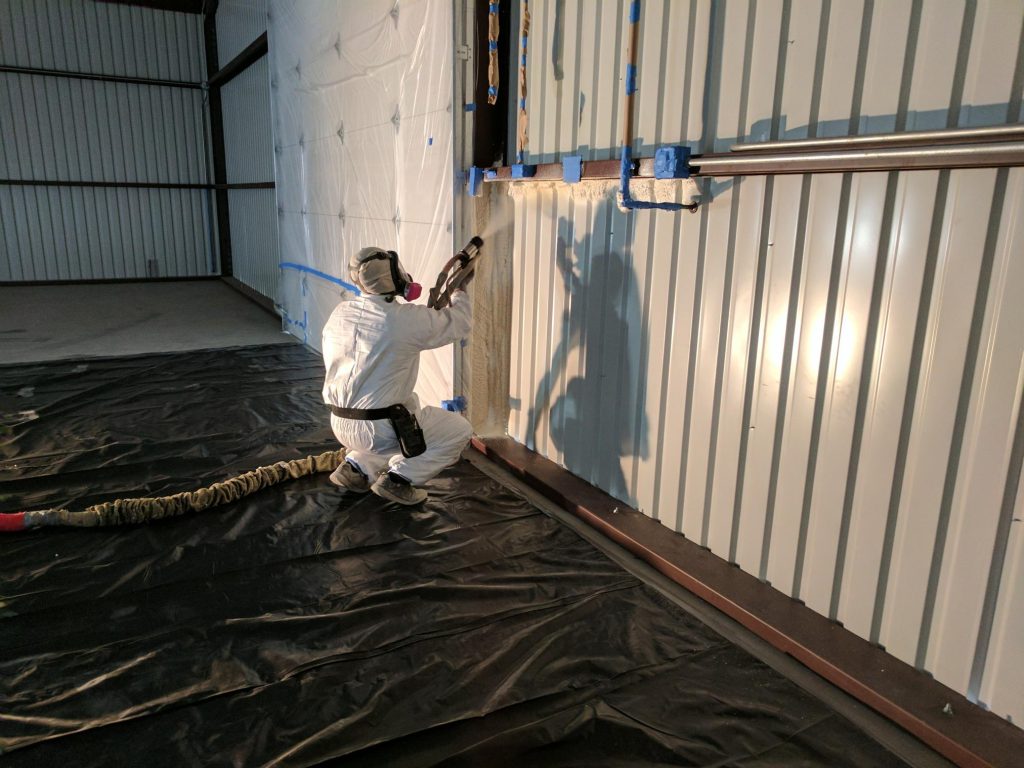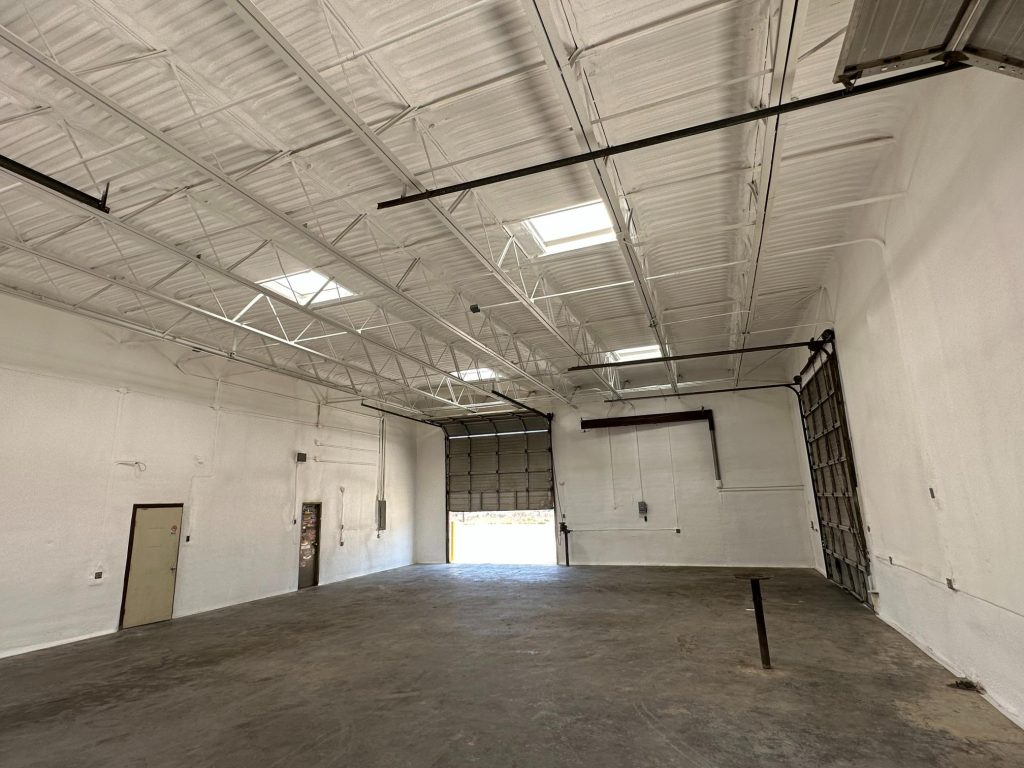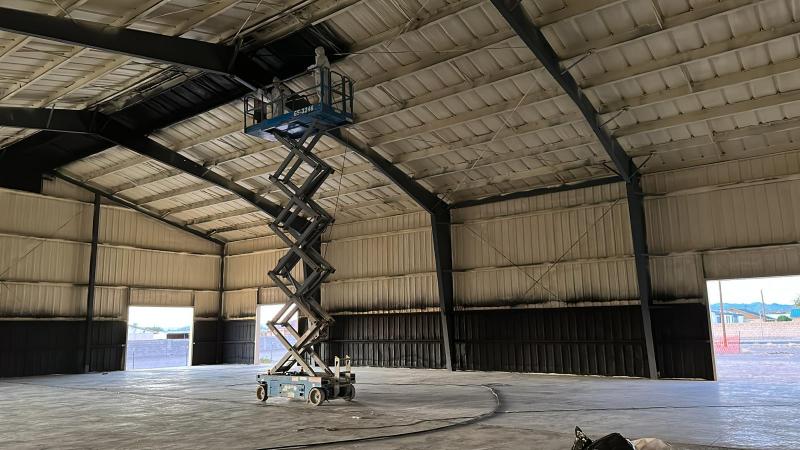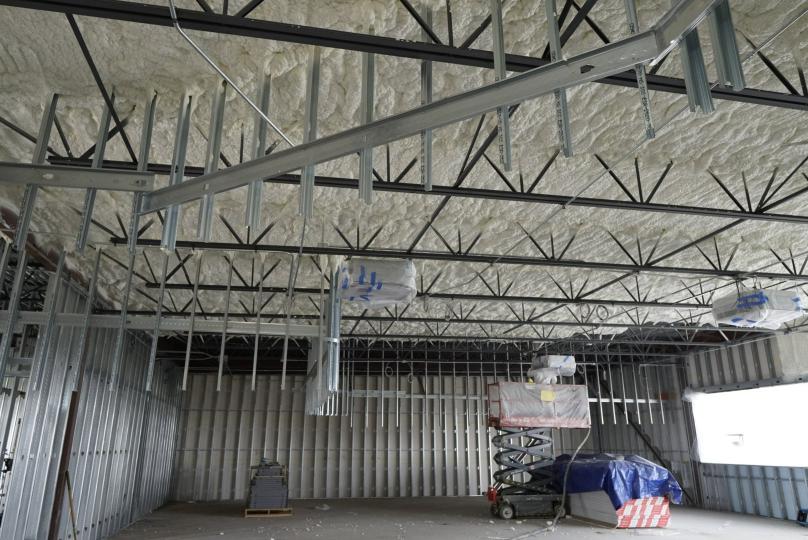At Top Texas, we specialize in spray foam insulation services for both commercial and industrial applications in El Paso and surrounding areas. Spray foam insulation offers superior energy efficiency, with the ability to insulate up to 50% better than traditional materials like fiberglass or cellulose. This makes it a top choice for property owners looking to reduce energy costs and enhance comfort.
Spray foam insulation is versatile, with applications ranging from roofs and attics to walls and storage containers. It not only helps with temperature regulation but also provides excellent soundproofing and improves structural integrity. Our spray foam solutions are ideal for commercial and industrial properties in El Paso, offering long-lasting protection and reducing the need for frequent repairs.
We use high-quality closed-cell and open-cell spray foam products, tailored to your specific needs. Closed-cell foam, with its high R-value, is perfect for roofs and areas exposed to the elements, while open-cell foam is a cost-effective solution for indoor spaces like crawl spaces and ceilings.
With nearly a decade of experience, Top Texas is committed to delivering precise, efficient, and professional spray foam insulation applications. We ensure your building stays energy-efficient and structurally sound. Contact us for a consultation to see how spray foam insulation can benefit your property!
